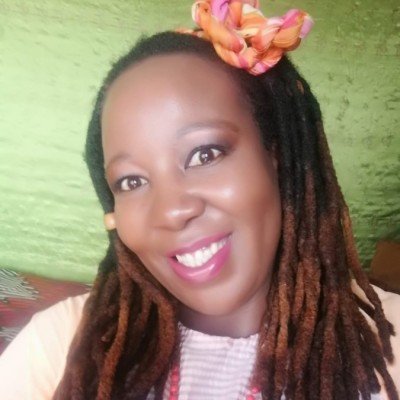Kgothatso Nhlengetwa, South Africa
“If you want to learn how to aid people and support their formalization, you need to understand them first, and to really be able to let the solutions evolve from them.”
Kgothatso Nhlengetwa
Delve Report Coordinator
Pact
Johannesburg, South Africa
Can you briefly describe your work or experience expertise related to ASGM in South Africa?
I'm a geologist by training and specialize in artisanal and small-scale mining. I first started working for the gold industry, in large large-scale mining, about ten years ago.
Very quickly I realized that social and community mining issues were really important to me, so I decided to study that field further to start learning more about ASGM.
In the past couple of years, I’ve done a lot of research on the technical aspects of ASGM, including rock sampling, gathering gold grades, mine technologies and methods, and also more qualitative components like livelihood analysis and indigenous knowledge. Before I knew it, I was doing multidisciplinary work on ASGM.
In the beginning, my work was more focused in my country, South Africa; but then I expanded to work in Tanzania. In 2021 worked on a policy brief, focused on gold in the Democratic Republic of the Congo (DRC). I work with a lot of technical service companies and organizations, helping them to set up workshops, raise funds, and mostly bridging the gap for the miners, as I work directly with them on the ground. I’m also a special advisor for The National Association of Artisanal Miners (NAAM) in South Africa, the first national organization dedicated to ASM.
I am currently working as the Delve Report Coordinator at Pact for 2022-2023 which is a World Bank project geared at assessing the state of the ASM sector. This year’s focus is on SDG 5. As the coordinator I ensure the organized and efficient data collection, synthesis and oversee the total development of the reports.
How did you first get involved in this work?
It all began in the academic world when I was pursuing my Master’s Degree at the University of the Witwatersrand. I started managing the electronic database for ASM while I was working as a research assistant.. The more I started reading about ASM, the more it sparked an interest in me. So I developed my Master's thesis around it, and then later converted into a PhD because it transformed into an extensive and complex publication.
That's when the research began, and after that, I started doing field work and making new connections.
The first time in the field with artisanal miners, all I had was a cap, a pair of Converse, jeans, a t-shirt and about 250 Rand of funds in my pocket. I knew I needed to build rapport with them, so I sat there and bought the miners what is known as a set of beer which is basically three quarts of a beer, and that is how I made my first connection with artisanal miners: Talking with them in an environment they were most comfortable in.
This taught me that if you want to learn how to aid people and support their formalization, you need to understand them first, and to really be able to let the solutions evolve from them. After that, it was never again about buying beer, it was about building trust with the community.
Do you know of any new developments or research related to the current state of ASGM in Africa or worldwide that you would like to share with innovators in the field?
Recently, in South Africa, a draft for a small-scale mining policy was released. This is the first for the country, because although small-scale mining was mentioned in the previous legislature: The Mineral and Petroleum Resources Development Act, there was no mention of artisanal mining.
This represents a very big milestone, and in places with artisanal and small-scale mining, topics like ASGM are starting to come to the forefront, and generating conversation about alternative solutions to transition to a cleaner mining.
In the case of South Africa, attention has been placed on large-scale mining, but now artisanal mining is gaining attention and becoming ubiquitous around the country. Most people don’t realize it because we've got such a large mineral endowment. It is absurd that ASM has been sidelined. But in all the field work I’ve done, I’ve noticed that there's a lot of artisanal miners on the ground, hence now the new policy has been passed and being part of that process was also quite interesting. I believe that South Africa can learn from other countries like those in South America that are learning how to use their resources more efficiently, using what's currently on the ground to feed themselves, while helping people and doing things in a better way. I’ve come across some projects and interventions about these topics, and know that South Africa is in need of these improvements.
How does ASGM in South Africa compare to other regions of the world?
Here (in South Africa) ASGM is very unique. We are focused mostly on large-scale mining; and we are all aware that in the 1970’s, large-scale mines in South Africa produced about 70% of the world's gold. In the 1990’s, reforms started happening, this was around the time that Nelson Mandela was released from prison, and people wanted to hold large-scale miners accountable. That led to mining companies to start pulling out, and now we’ve got abandoned gold mines that sit empty, and this is where you can find artisanal and small-scale miners, or what they are called here – zama-zamas (“those who try” in Zulu). This is not the only type of artisanal mining, though customary/traditional artisanal mining is common too.
It is important for South Africa to start paying attention to this sector in order to redefine what is currently known about the sector.
Customary/traditional artisanal mining is a type of ASM where women and men of a certain community mine either the mine tailings of old mine dumps, mine at a shallow depth or by a riverside with some of the alluvial gold can be found.
That’s why I believe that ASGM in South Africa is very unique, we have those two fundamental differences, and struggle a lot with that because in one case, we consider it illegal mining, and in the other, we consider it artisanal mining. The first one is illegal because it's more invasive and done in abandoned mines, and also it's syndicate based, it's not really the community per se who's doing that and there’s also a lot of foreigners who are involved.
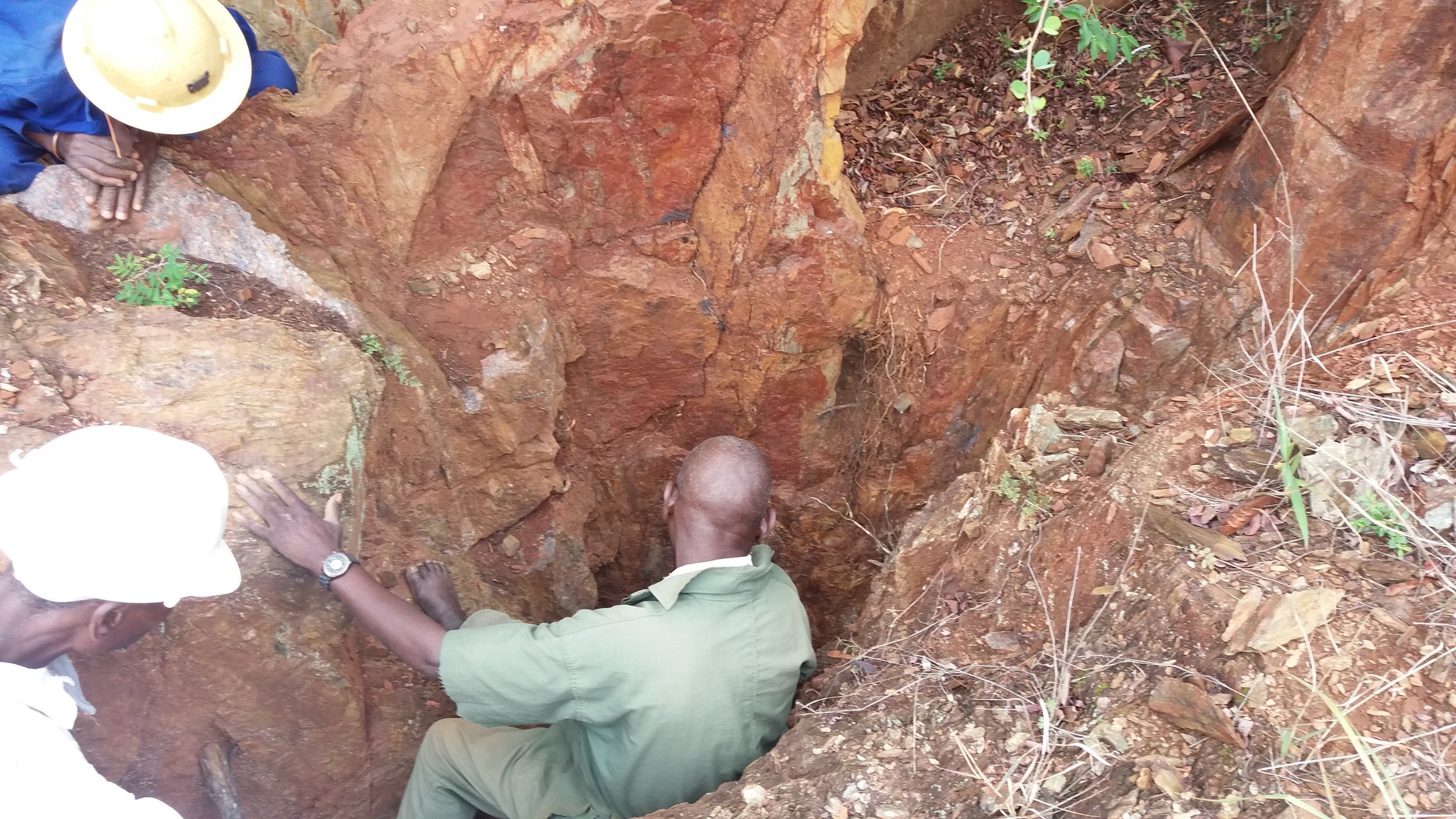
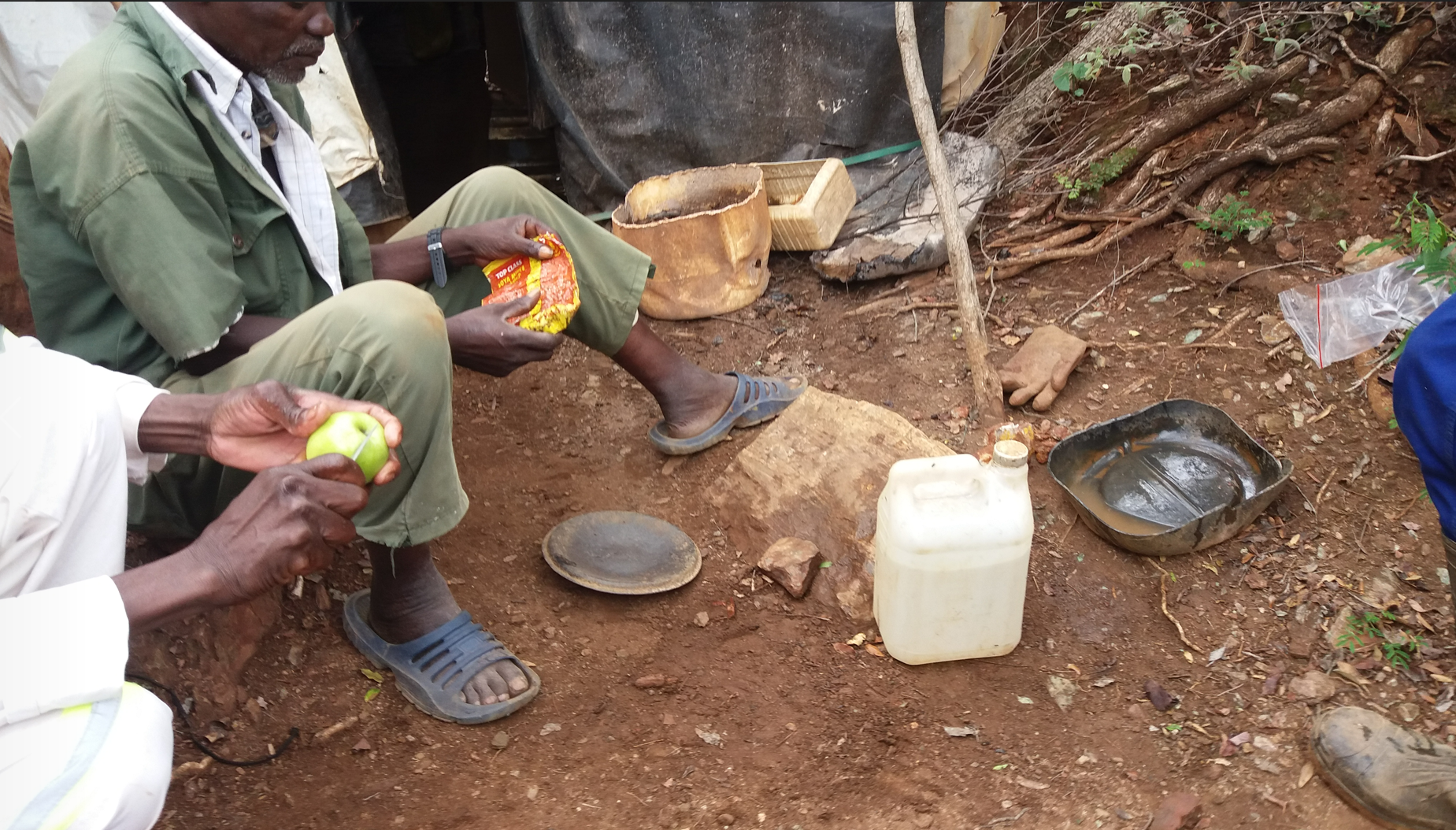
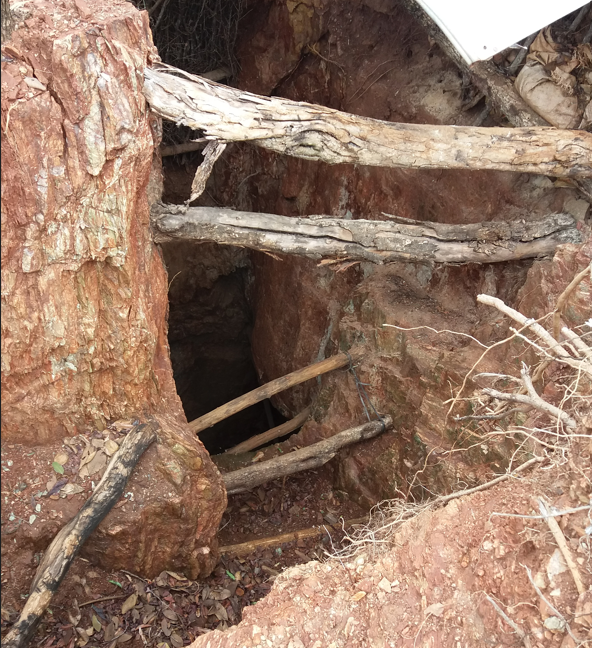
In your opinion, what problem or problems related to ASGM in South Africa most need solving?
I think the biggest problem is how to formalize the sector when there's two different trajectories (discussed earlier) and different contexts on how ASGM is taking place. I don't think this is something that just one person can answer, because in the past, different tactics have been tried, like clamping down with the police, and also to provide alternatives.
Also another important area that needs urgent attention is how to uplift artisanal miners. Most of them are part of traditional communities, which are recognized in South Africa. There are areas, called traditional areas, that have communities that actually want to mine and perform ASGM, but that are not necessarily syndicate based, or wanting to perform the illegal and invasive kind. So, how can we empower them and can we make them want to evolve and become permitted?
South Africa’s illegal gold mines. Source: VICE News
What are the greatest opportunities for innovation related to ASGM in your region?
Gold production is an area that I believe is in need of innovation, because mercury is still very widely used but there are new methods like the borax method that is being introduced and it seems like it could be a viable alternative; especially because the prices of what you would need to extract the gold via borax are lower than mercury prices. This is a novice and innovative way to help ASGM.
Also, another way to be innovative is to support ASGM organizations and bring more attention to the issue, including other forms of ASM. , There is currently a lot of effort to find solutions that actually work. This is coming more from civil society than the government, but I believe it should be a joint effort.
How do you think innovation could lead to positive impacts on the environment or human well-being?
New innovations and processes would be really useful especially in some of the areas where gold is mined illegally, like the Northwest Province for example, where the KOSH artisanal miners organization have formalized themselves. People can help support the miners to practice cleaner mining. Miners need assistance by teaching them how to better use technologies that are easy to implement. The effects would be long term for the communities, as they’re suffering the effects directly. Contaminated waters and mercury fumes hurt miners. Acid mine drainage and gold washing also affect water drainage systems of communities. Some solutions include repurposing acid mine water.
What excites you the most about the Artisanal Mining Grand Challenge: The Amazon?
Earlier this year, I found out about the Artisanal Mining Grand Challenge, and wanted to learn more about the (round one) finalists, who are really doing impressive work out there. Then I learned about the second round, and that excited me, because sometimes I feel like a lone ranger in trying to find better ASM practices, but as I came across these stories on CXL’s social media, this virtual reality makes the world feel closer. So I said: “This is in the Amazon? OK, I'll be an Amazonian woman and learn more from these innovators and try to get inspiration from them.”
Contact Kgothatso:
Links of Interest:
Artisanal and Small-Scale Mining Policy 2021 Draft - South Africa Department of Mineral Resources and Energy
Zama-Zama mining in the Durban Deep/Roodepoort area of Johannesburg, South Africa: An invasive or alternative livelihood? - Kgothatso Nhlengetwa, Kim A. Hein, 2014
Evidence-Based Research on Selected Artisanal Mining Sites in South Africa - Imbokodo Mining Services, 2021
